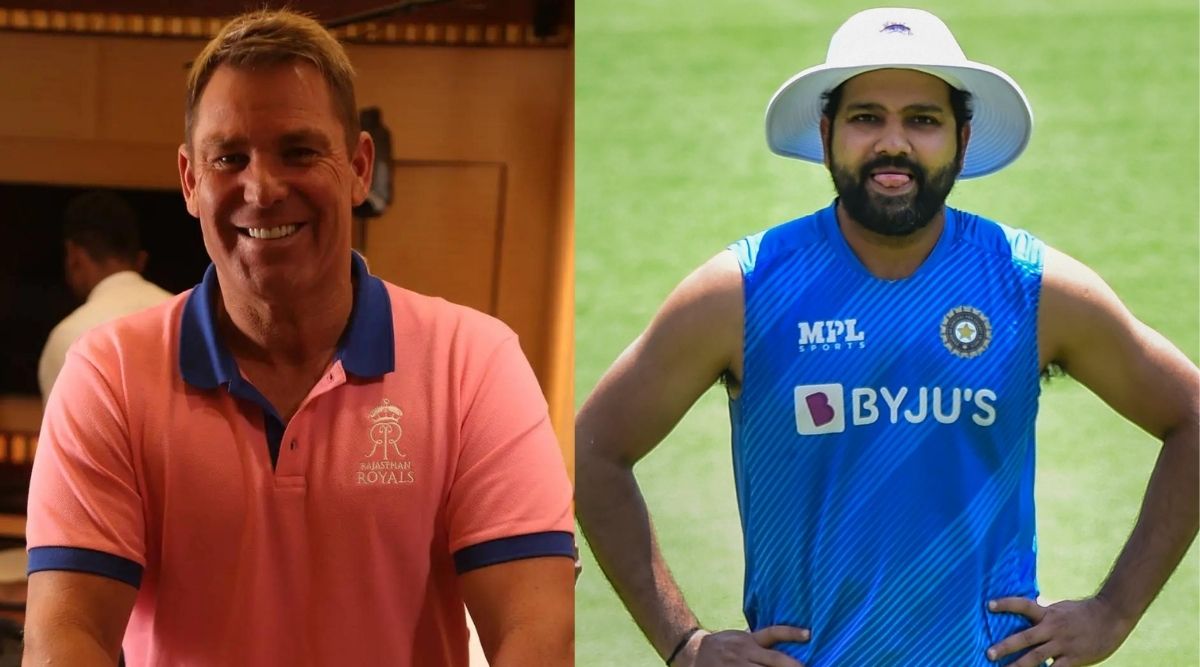In 2008, at the end of the Indian Premier League, Shane Warne was enshrined in the historic Rajasthan Hall of Fame, made up of virtuous warriors known for their extraordinary bravery. At Jaipur’s Sawai Mansingh Stadium, the captain of the Rajasthan Royals was a folk deity, the protagonist of many inspiring tales – some real, some exaggerated.
Once, a Rajasthan Cricket Association (RCA) alumnus explained what Warne’s unique ‘peer talks’, given minutes after the draw, meant to the players. He had previously apologized for the inappropriate analogy he had to use to describe Warne’s method of brainwashing his rag-tag side into thinking they were the best.
The Australian legend, he said, moved around the team circle, lovingly holding each player’s head, looking them deep in the eye and shouting out the role he had scripted for them for the day. “It was like he was preparing a ‘fidayeen squad’,” the RCA official said in a low voice. “Not in a bad way, you know what I mean.”
Those words worked. In this inaugural IPL season which had Sachin Tendulkar, Rahul Dravid, Sourav Ganguly, VVS Laxman, Virender Sehwag, Yuvraj Singh and even Mahendra Singh Dhoni as captains, Warne finished on top. He was by far the brightest of this meritorious class, the quickest to grasp the new format.
His intelligence, awareness and tenacity were contagious. The recruits from this class of 2008 went on to play for India – Ravindra Jadeja, Yusuf Pathan, Siddharth Trivedi. Shane Watson’s journey to becoming an IPL GOAT (greatest of all time) also began under Warne.
Before the world saw Dhoni as the undisputed T20 oracle, Warne was the original mastermind of IPL. He had his own leadership style. Indulgent big brother one day, rude tough guy the next. Wearing his crown lightly, remaining approachable despite the aura, Warne was the ultimate gamer captain.
Is there an Indian captain with Warne’s quality? Rohit Sharma’s name immediately comes to mind. As was the case with Warne’s Rajasthani Royals, the center square is a bustling town square or village chaupal when India take the field under their new captain these days.
There are conversations and interactions happening all the time. If he’s not shouting general instructions to the team, Rohit has bilateral discussions with bowlers in a conspiratorial tone. A quick word with the pitcher, a subtle signal to the fielder, an inquisitive look at the wicketkeeper, or the occasional flurry from the cover.
Warne hated the modern gibberish of sports coaching. In his first talks with the Rajasthan Royals management, he said: “I don’t need shrinks – I just don’t believe in them.” He wasn’t a fan of team bonding sessions, never figured out how to live like a Bushman, sing team songs around a campfire or even wear that halo crown of Australia, the cap Baggy Green, can sharpen his cricket skills. In a nutshell, he hated everything John Buchanan, the Deepak Chopra of cricket coaching, represented.
Warne was all informal interactions. He once planned the dismissal of England batting Graham Gooch with skipper Allan Border for a beer. He was old school, Warne didn’t depend on a whiteboard and marker to express his plans. His battle plans were often drawn on the dining table with salt shakers, ketchup and mustard bottles posing as outfield players.
“Most of the best plans are made out of hours, so to speak, not at those silly team meetings. A plan can come from anywhere at any time and the more you sit down and talk about the game with good cricketing spirits, the more amazing things happen. In a formal environment that doesn’t happen, that’s why I never liked team meetings because you were just talking in circles. was a waste of time, because it was the same plan all the time: building pressure and hitting the top of the stump, with the occasional bouncer. Yeah, we get that. Now let’s chill,” Warne would write in his autobiography.
The other day in the Mohali Test against Sri Lanka, Warne was remembered. As India rode to an easy victory, Rohit sat next to Kuldeep Yadav beyond the boundary line. The Chinese wasn’t there, he seemed relaxed. The captain chooses the moment to talk to him. The two seemed to be discussing strategy. It didn’t seem like a planned interaction, it wasn’t, as Warne called it “a silly team meeting.” As the camera cut to the action on the pitch, Rohit was in the middle of a heated monologue and Yadav was nodding.
It is no surprise that under Rohit’s leadership, the likes of Jasprit Bumrah, Surya Kumar Yadav and Ishan Kishan were groomed for the Indian cap.
On the pitch too, there is a lot of Warne to Rohit. Among his most popular Instagram reels are those where he licks a defensive player or bowler. The Aussie also didn’t hide his emotions when a team member did something he didn’t like. It didn’t matter that it was even one of his favorites. He once asked Ravindra Jadeja, apparently his blue-eyed boy among the young Turks of the Rajasthan Royals, to walk to the hotel after practice – a punishment for being a habitual latecomer.
Warne and Rohit have other things in common. The two never had it easy for themselves. They were often written off, accused of throwing away the gift they were born with. They had their angst – Rohit regretted missing out on the 2011 World Cup, Warne aspired to the Australian captaincy. These setbacks have made them sensitive to fringe players, the strugglers beyond the playing eleven. Men like Warne and Rohit make better captains because they have seen the ups and downs of cricket. They are better prepared to face a defeat. They find the uncertainties of cricket amusing. As the English like to say about the game – some days the pigeon, and some days the statue.
Send your comments to sandeep.dwivedi@indianexpress.com
Sandeep Dwivedi
National Sports Editor
The Indian Express

